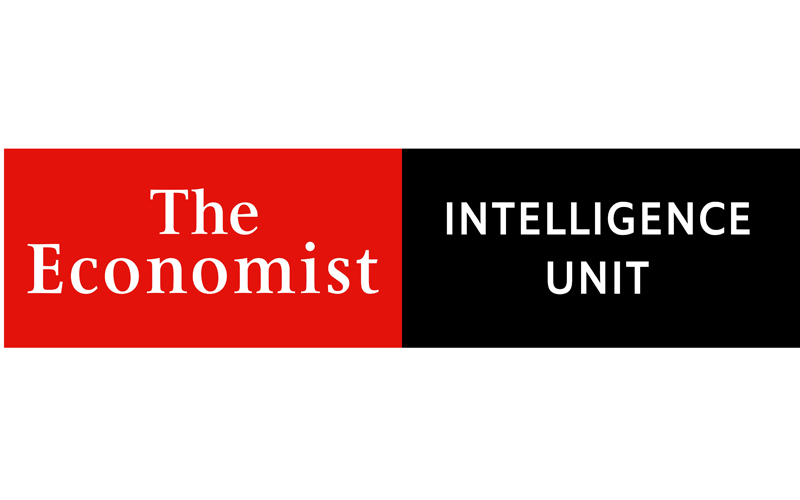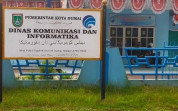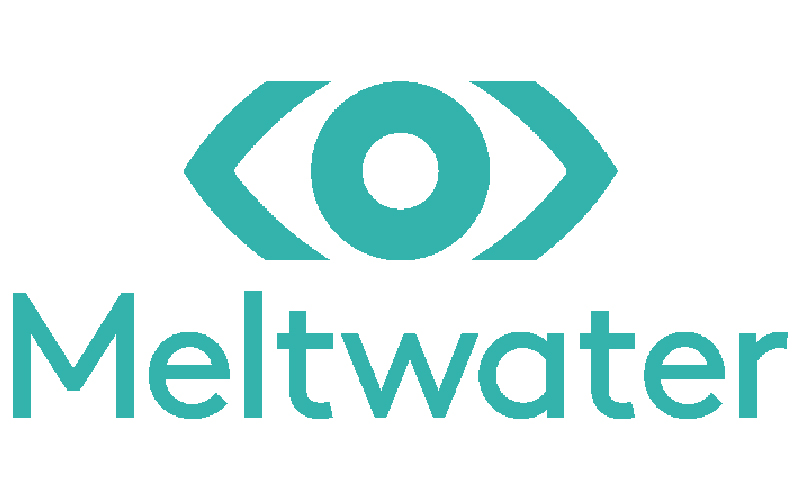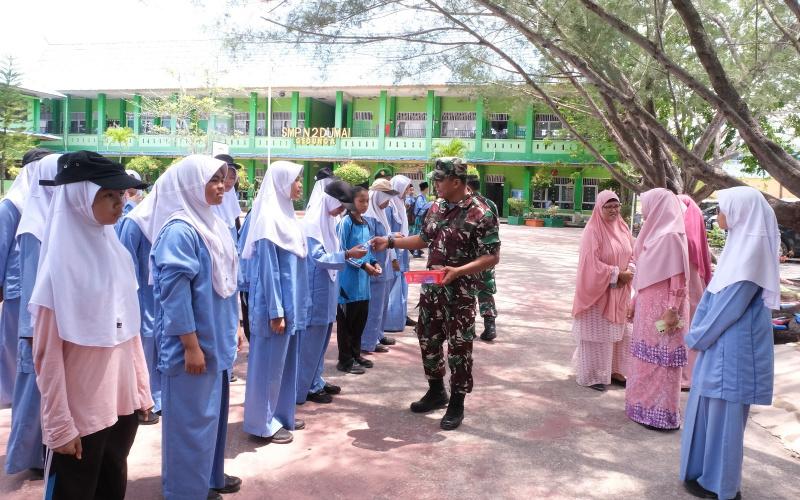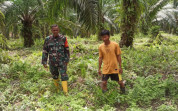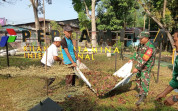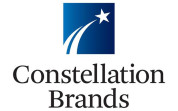LOS ANGELES - 7 March 2019 -
- US underperforms most of its rich-world peers in the second edition of the Worldwide Educating for the Future Index (WEFFI), produced by The Economist Intelligence Unit and commissioned by the Yidan Prize Foundation
- Finland's strong policy, teaching and socio-economic environments propel it to top of the 50-economy ranking Switzerland and New Zealand follow closely behind Finland, New Zealand having taken the top spot in 2017's inaugural ranking
- Ghana leads among low-income economies, based on the strength of its strategy to teach future skills and supportive assessment frameworks
The Worldwide Educating for the Future Index (WEFFI) 2018: Top ten economies
|
Rank |
Economy |
|
1 |
Finland |
|
2 |
Switzerland |
|
3 |
New Zealand |
|
4 |
Sweden |
|
5 |
Canada |
|
6 |
Netherlands |
|
7 |
Germany |
|
7 (tie) |
Singapore |
|
9 |
France |
|
10 |
UK |
Future-focused approaches to education must move beyond rigid, exam-based methods and encompass problem-based learning, innovative teaching methods and broader themes of global citizenship. Progress on transforming the world's education systems to meet these goals is uneven, according to a new report released today by The Economist Intelligence Unit (EIU).
Themed "Building tomorrow's global citizens", the white paper is commissioned by the Yidan Prize Foundation and based on the findings of the second annual Worldwide Educating for the Future Index. With a focus on young people aged 15-24 in 50 economies, it measures three pillars of education systems--policy approaches, teaching conditions and broader gauges of societal freedom and openness--as a means of readying young people to meet the challenges of work and society in future. It remains the only major ranking to assess inputs to education systems and stands in contrast to measures like the OECD's Programme for International Student Assessment, which looks at exam-like outputs.
With comprehensive policies, well-trained teachers and strong assessment frameworks to test for future skills, small, wealthy, globally connected economies like Finland, Canada and Singapore comprise the top performers. But greater wealth is not a panacea: Ghana punches well above its weight when measured against GDP per head, ranking 25th overall, while Mexico, Colombia and the Philippines merit favourable mention for their work in policy areas, as does Costa Rica for its efforts to adapt teaching to the demands of tomorrow. On the other hand, the US, due to a highly decentralised education model and uneven distribution of resources, punches far below its economic weight.
The Worldwide Educating for the Future Index (WEFFI) 2018: Top low-income economies
|
Rank |
Overall rank |
Economy |
|
1 |
25 |
Ghana |
|
2 |
28 |
The Philippines |
|
3 |
37 |
Vietnam |
|
4 |
40 |
India |
|
5 |
41 |
Kenya |
Michael Gold, editor of the report said, "The second edition of the index shows that while education systems are starting to recognise the importance of holistic approaches to learning, many gaps still exist. Economies around the world must strengthen assessment frameworks, regularise reviews of curriculums and improve teaching conditions. Perhaps most importantly, the recent retrenchment away from globalisation by many economies may threaten students' abilities to develop an inquisitive mind-set and tackle the big problems of tomorrow."
The full report is available for download here. Readers can also download short written snapshots of four economies covered in the index: Finland, Ghana, the US and Vietnam.
The Worldwide Educating for the Future Index 2019 assesses the extent to which education systems are equipping youth aged 15-24 with the skills needed in future. It covers 50 economies representing 93% of global GDP and over 6bn people. The economies were selected for balance across multiple factors, including income levels, population size and geographic representation. The index includes 21 indicators across three thematic categories: policy environment, teaching environment and socio-economic environment. A full explanation of the methodology can be found in the appendix of the report.

